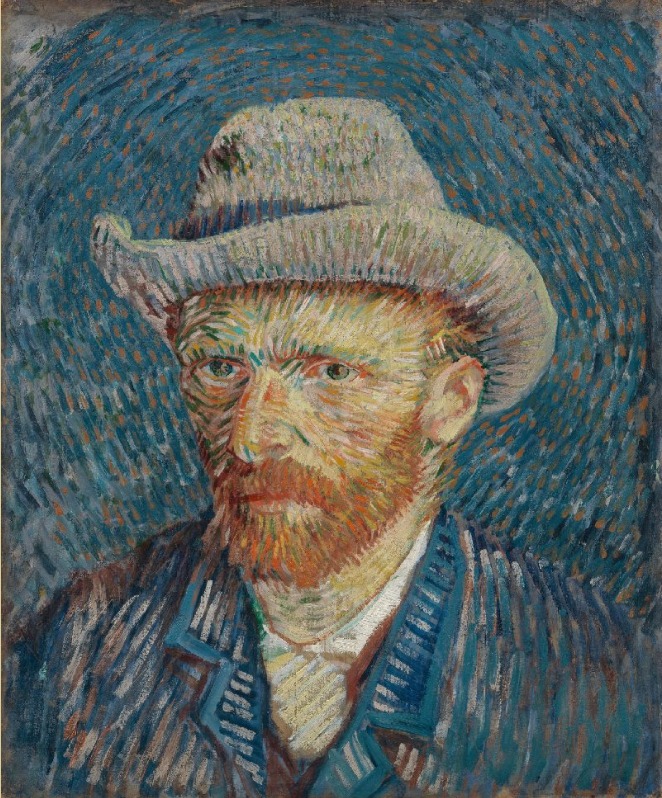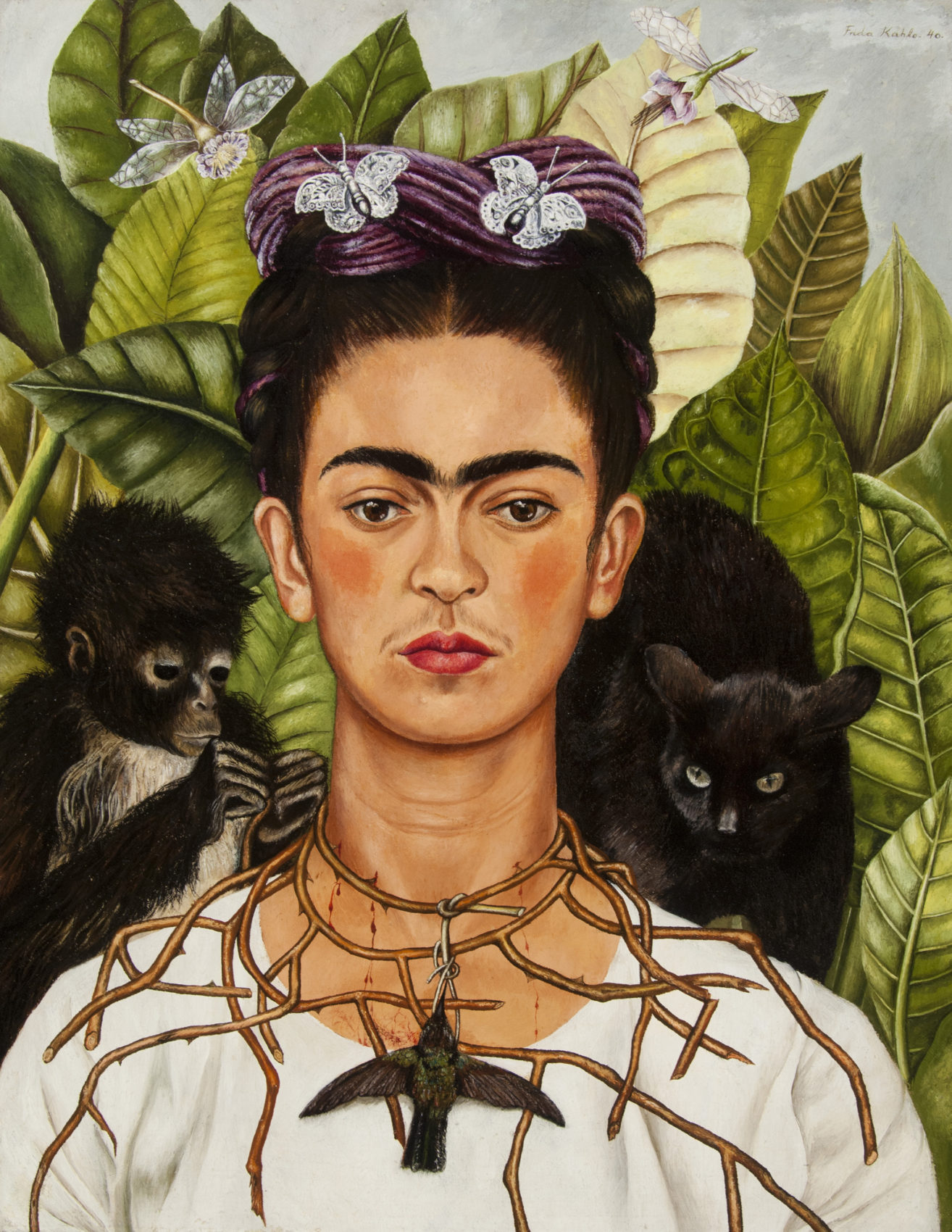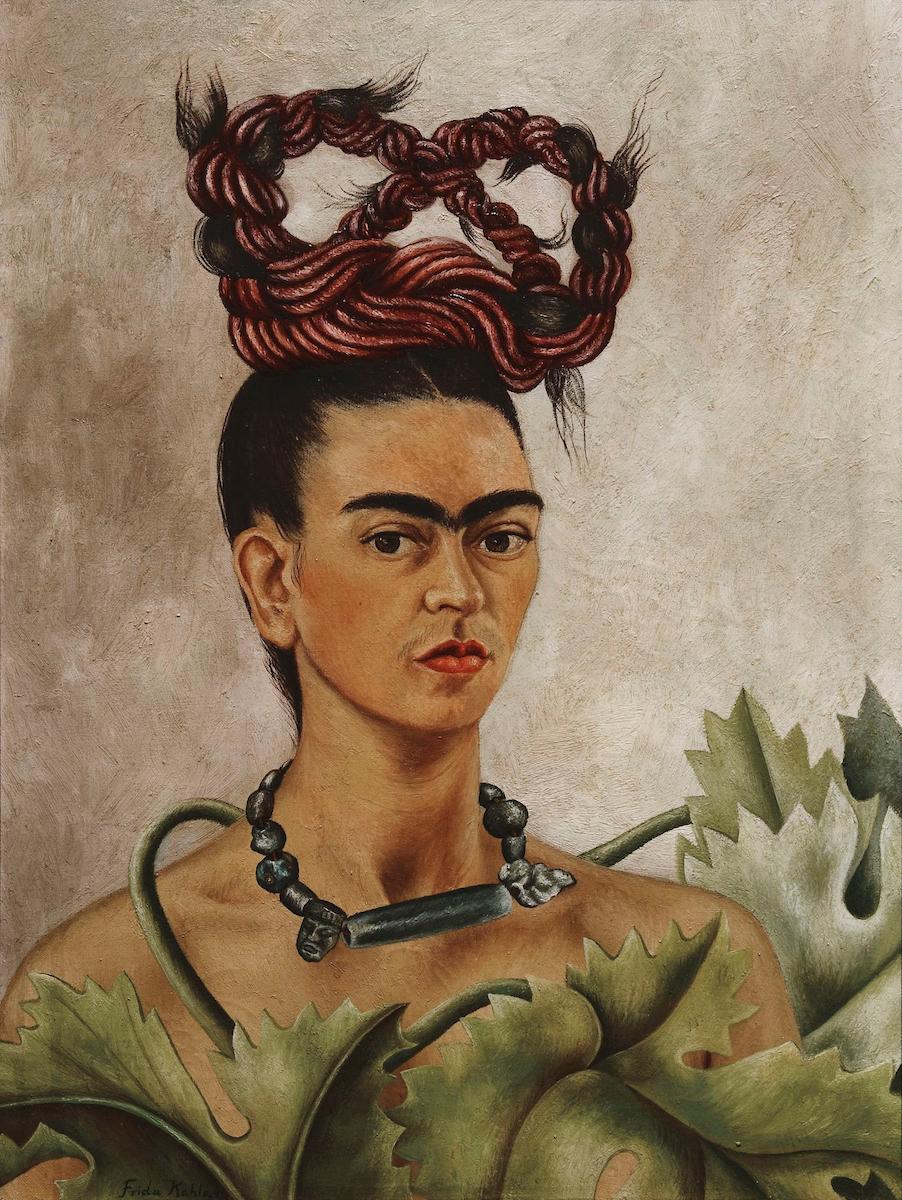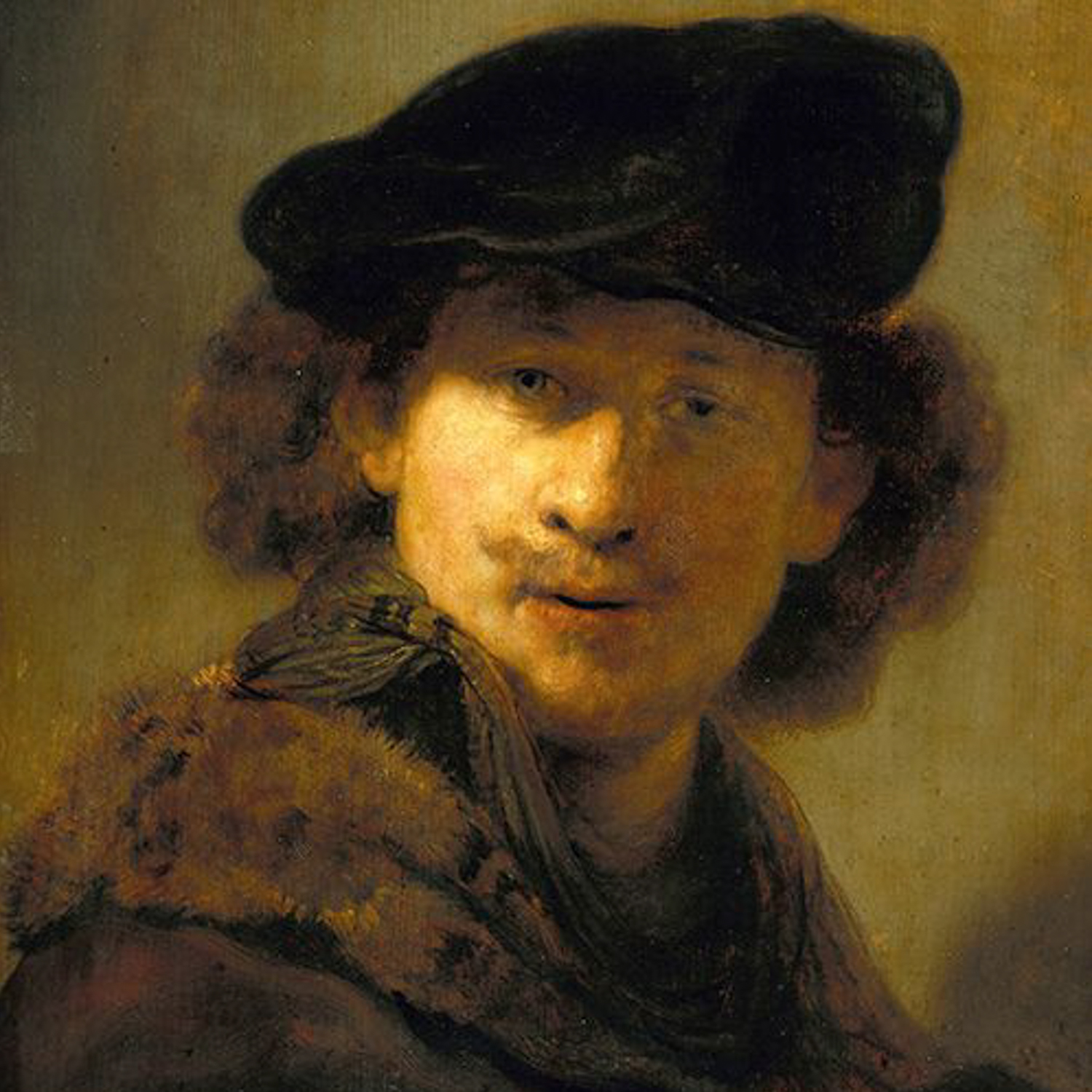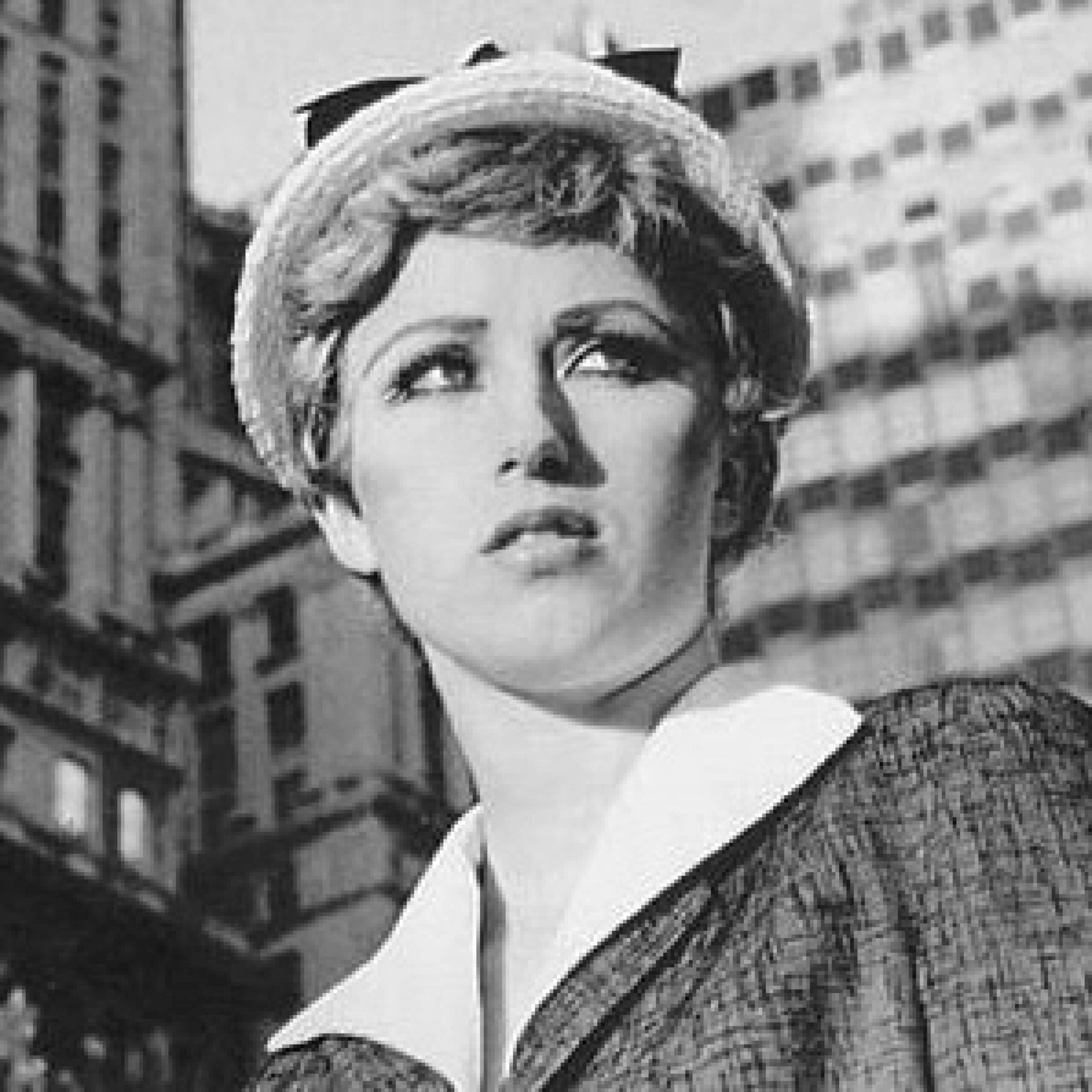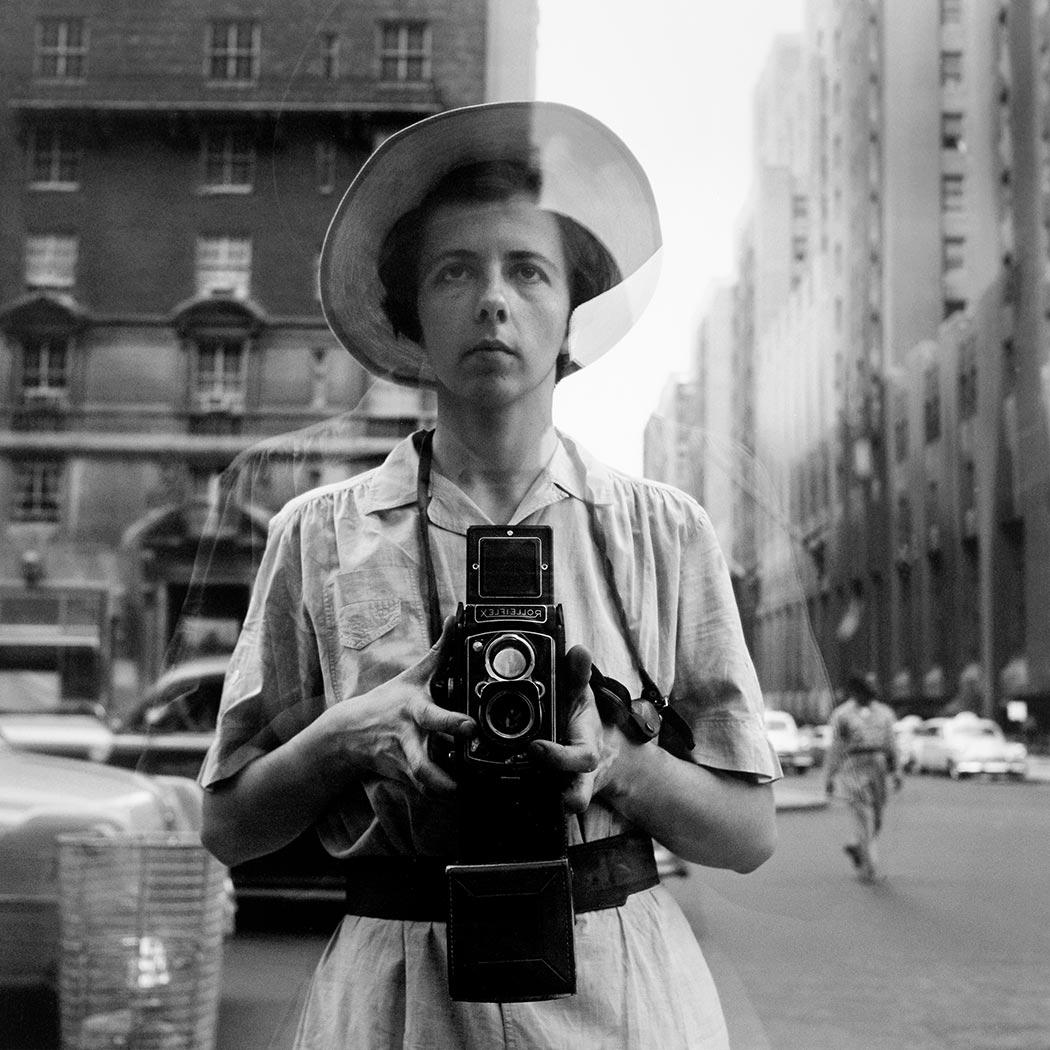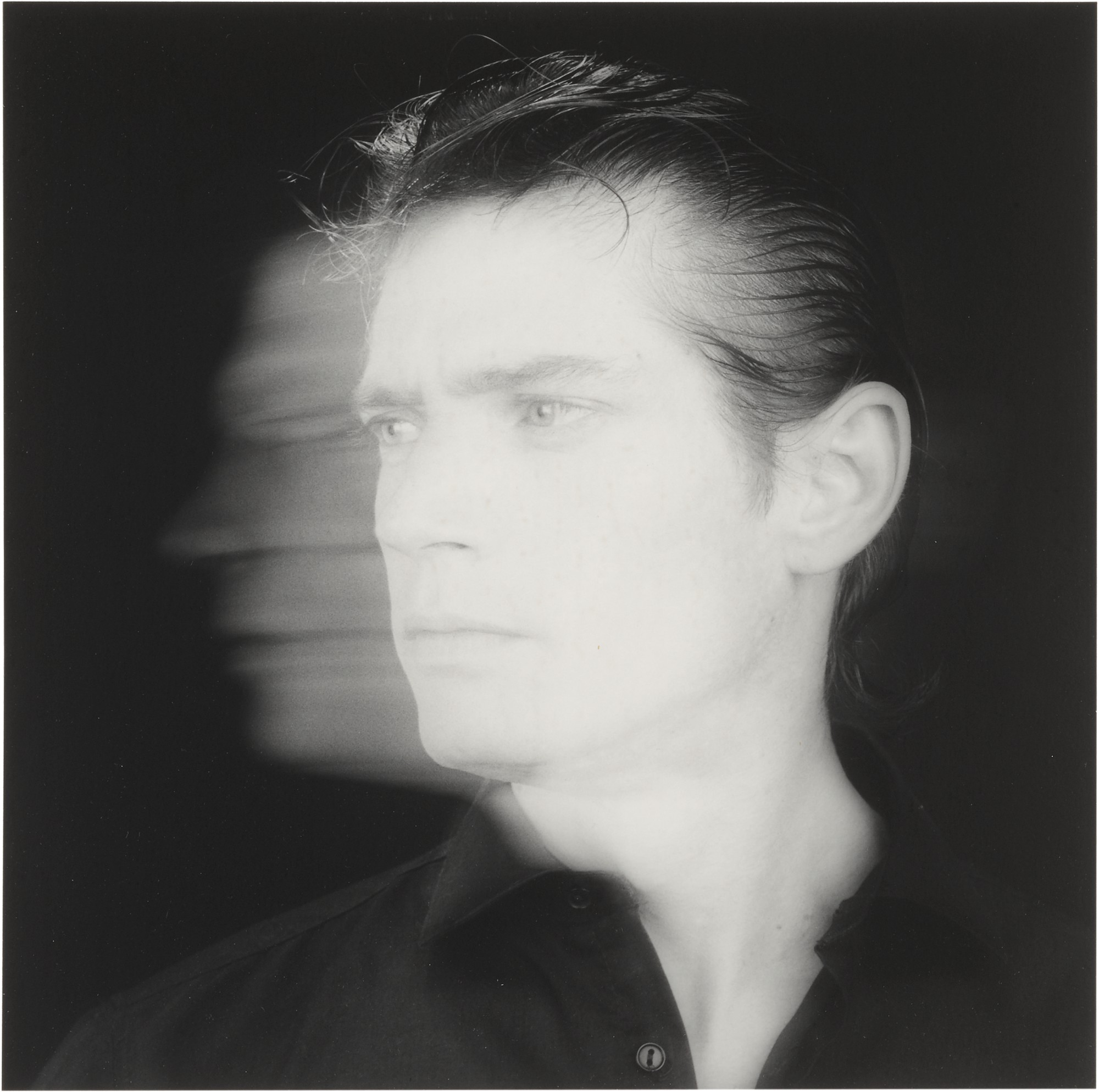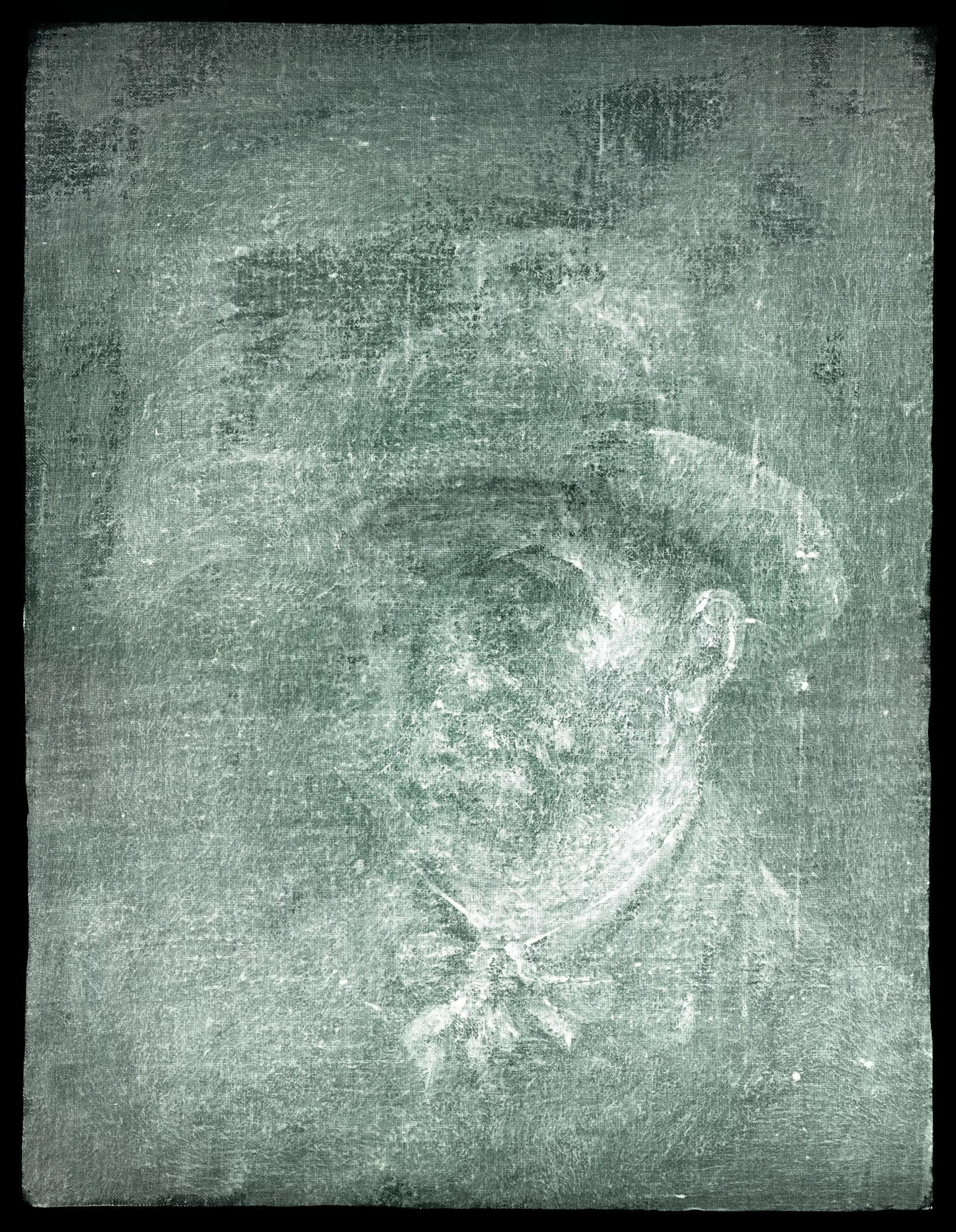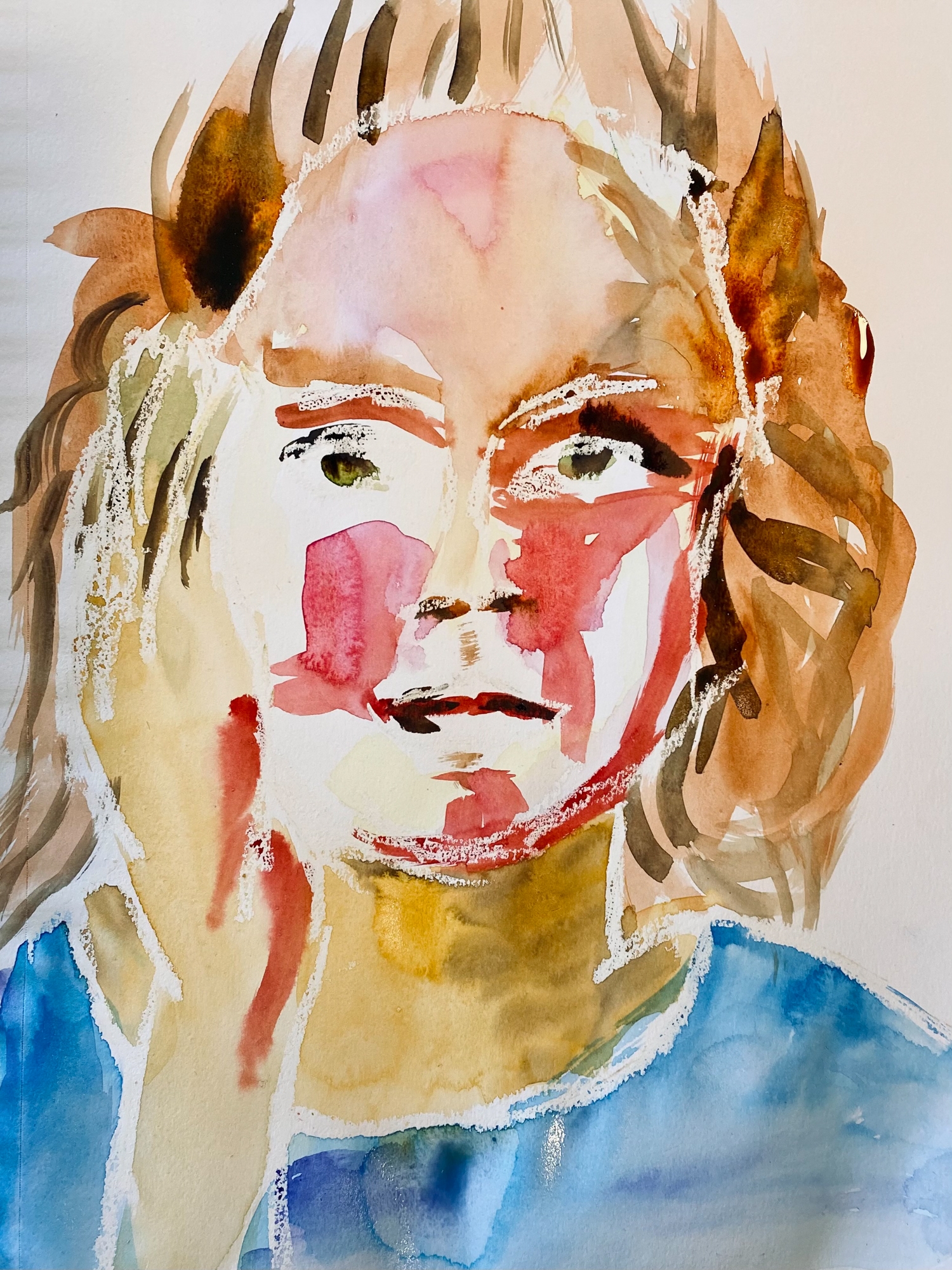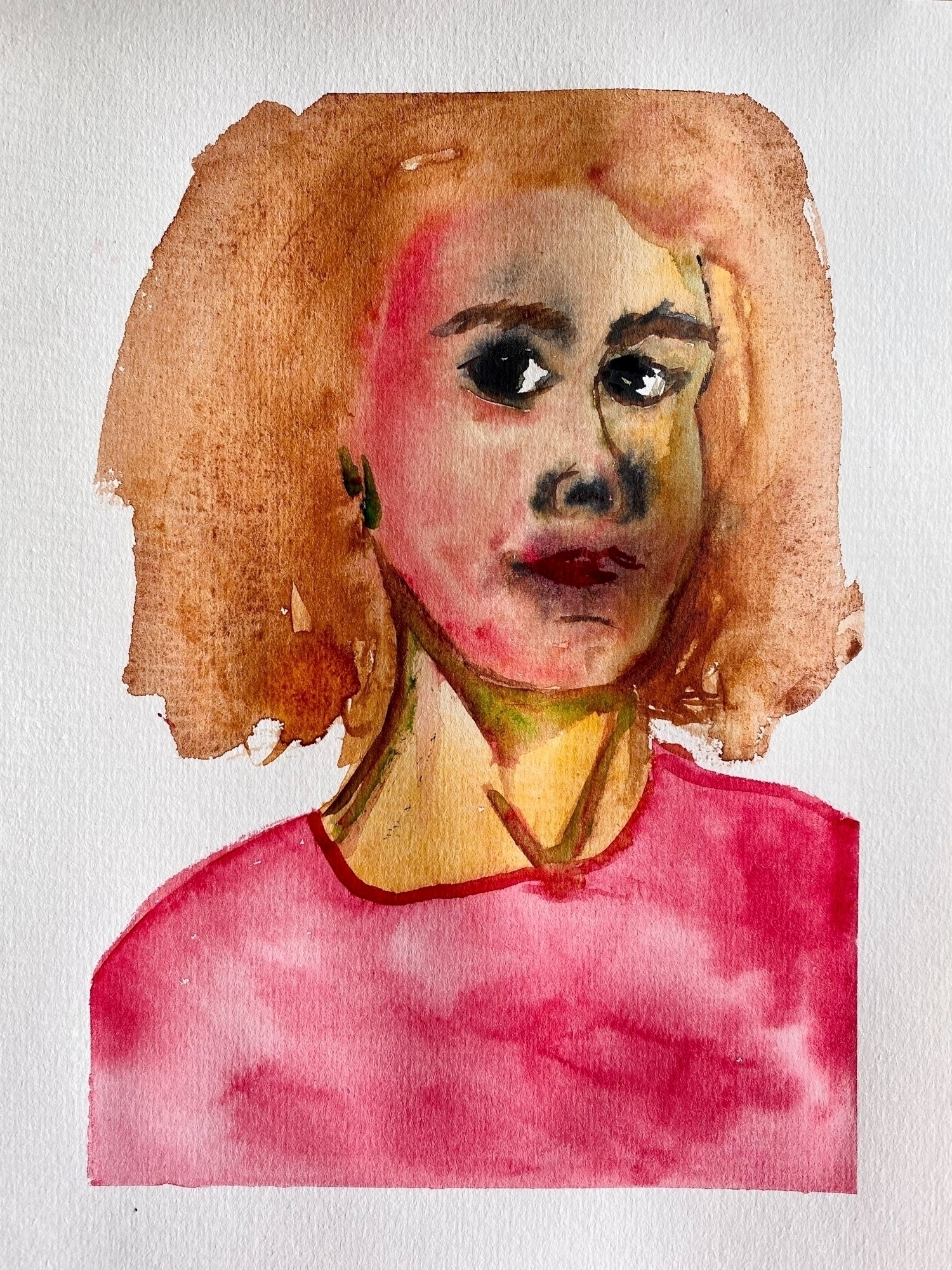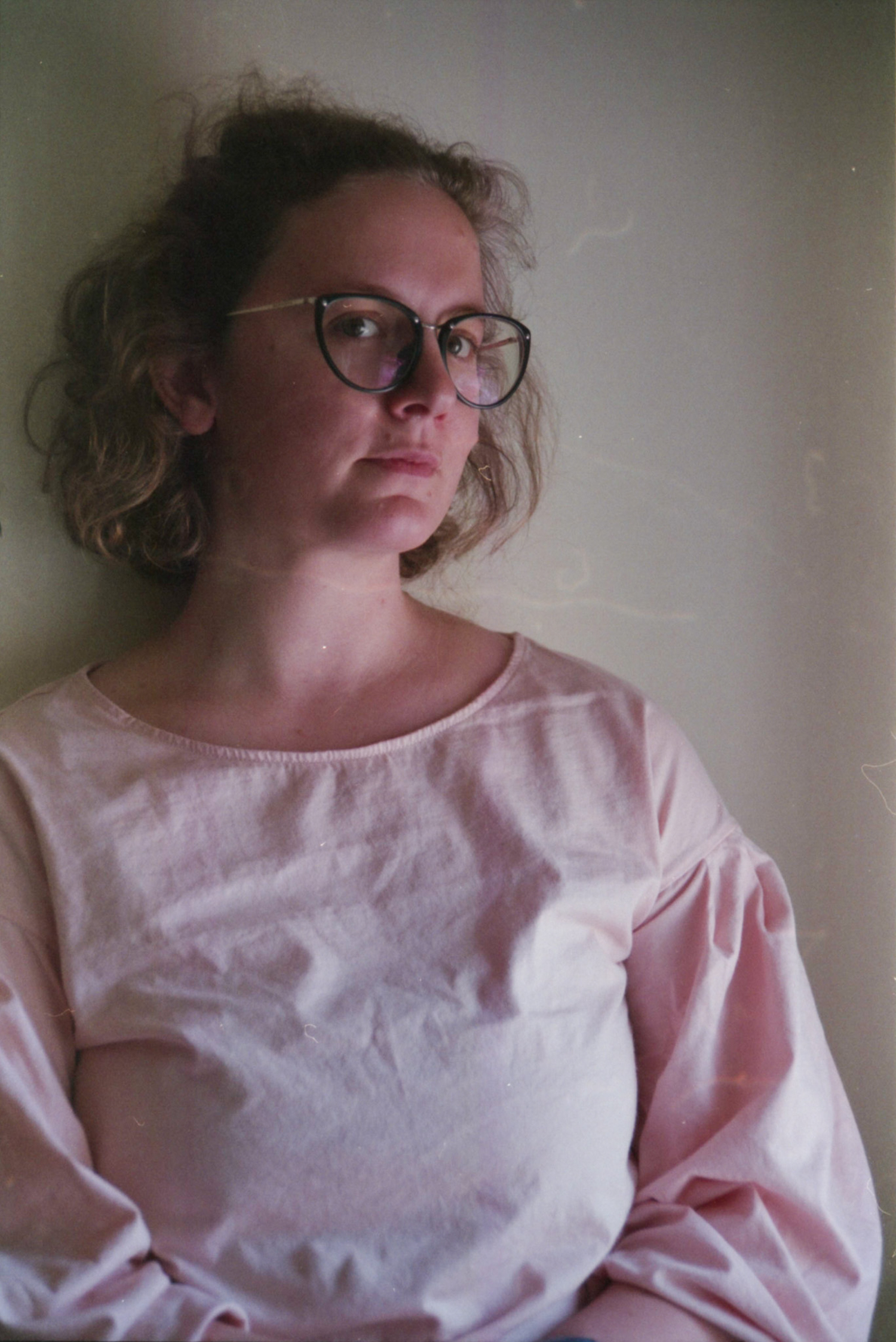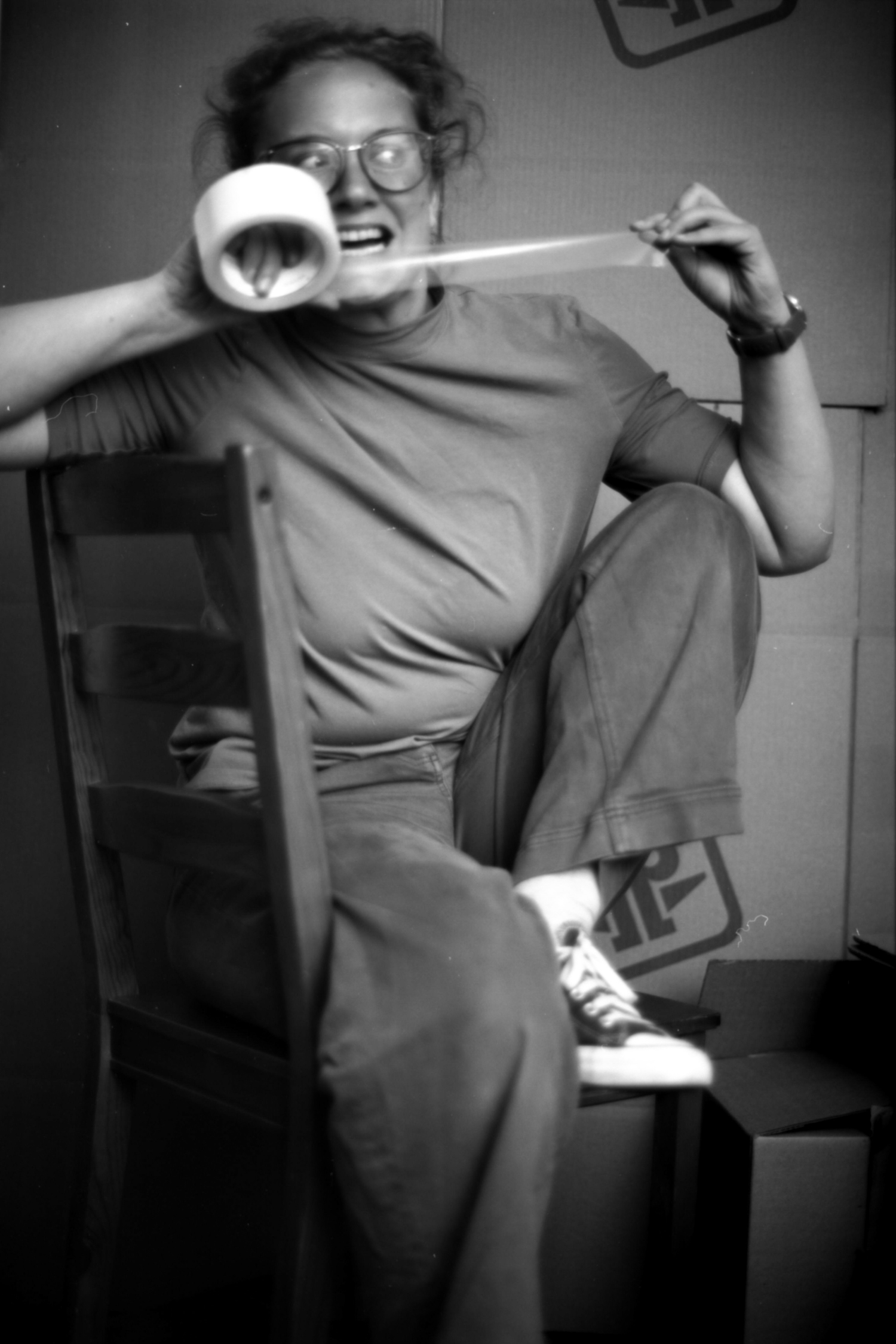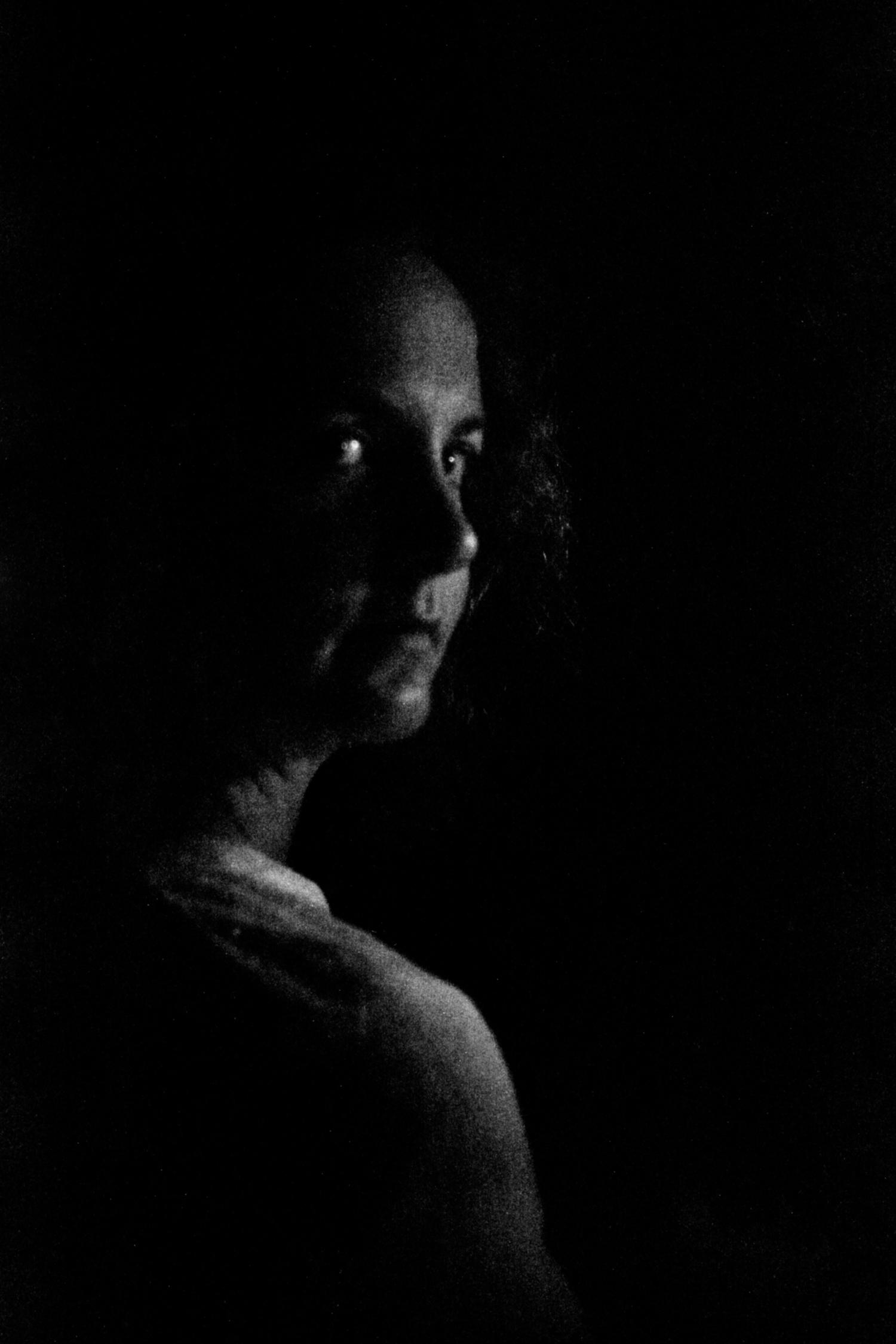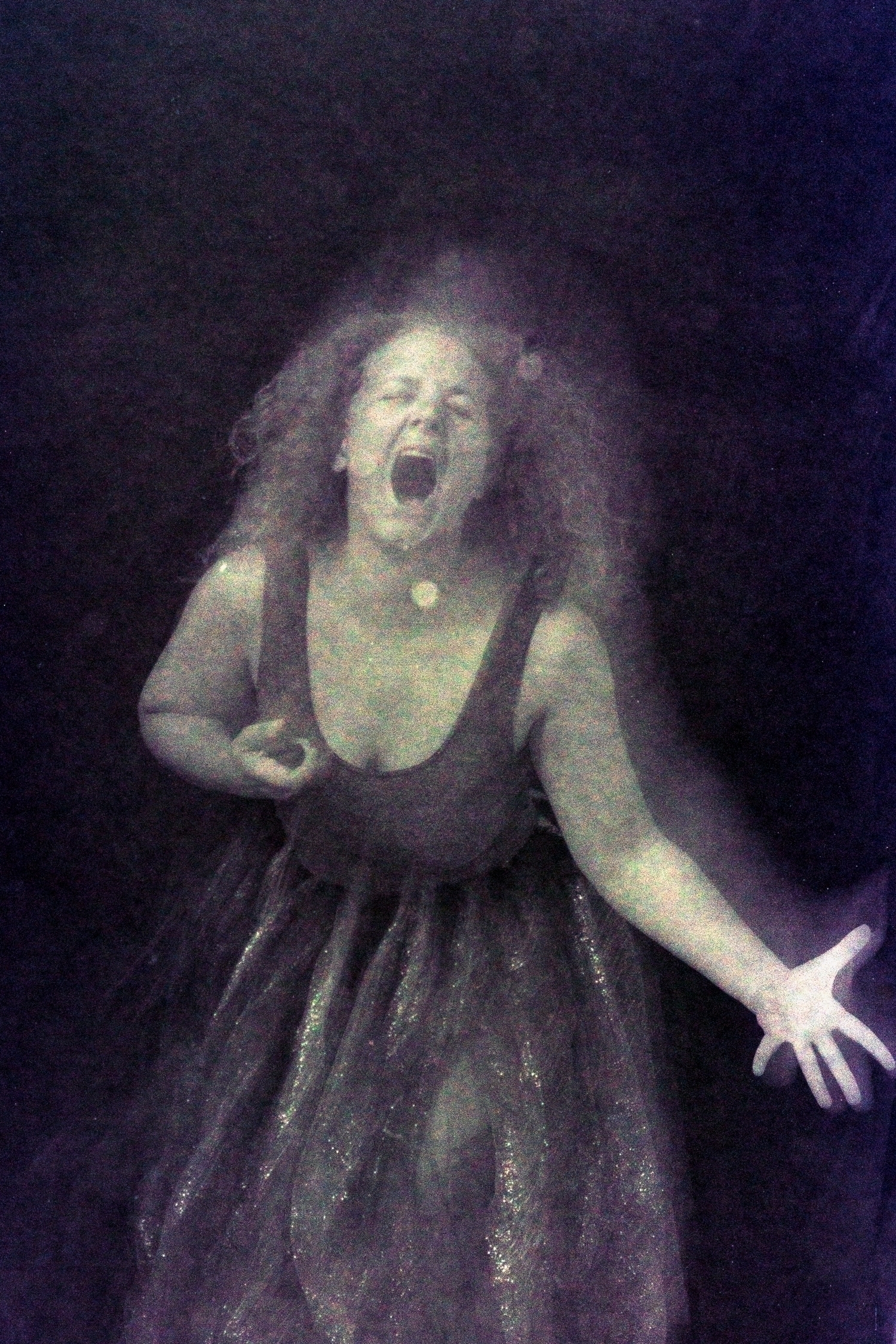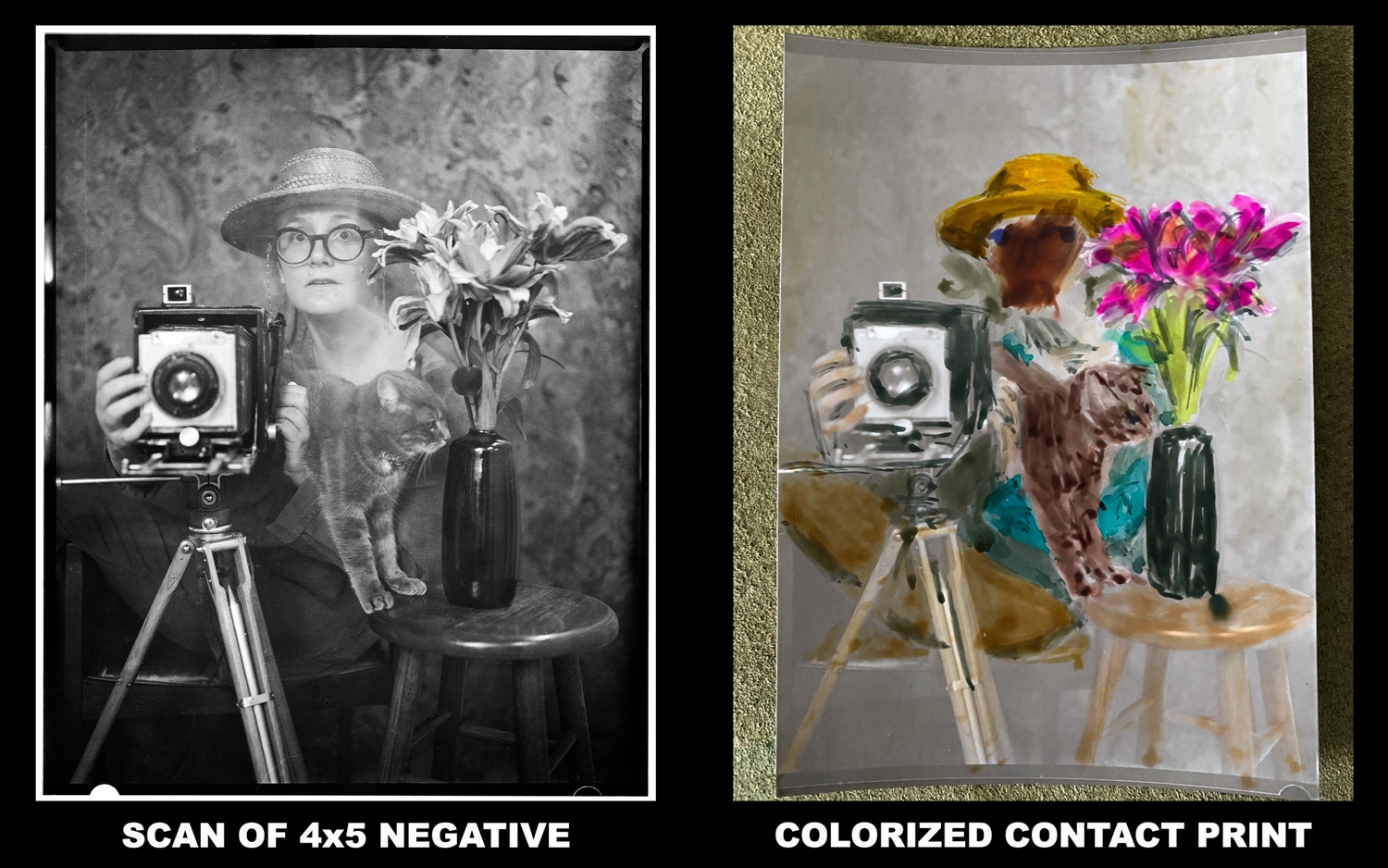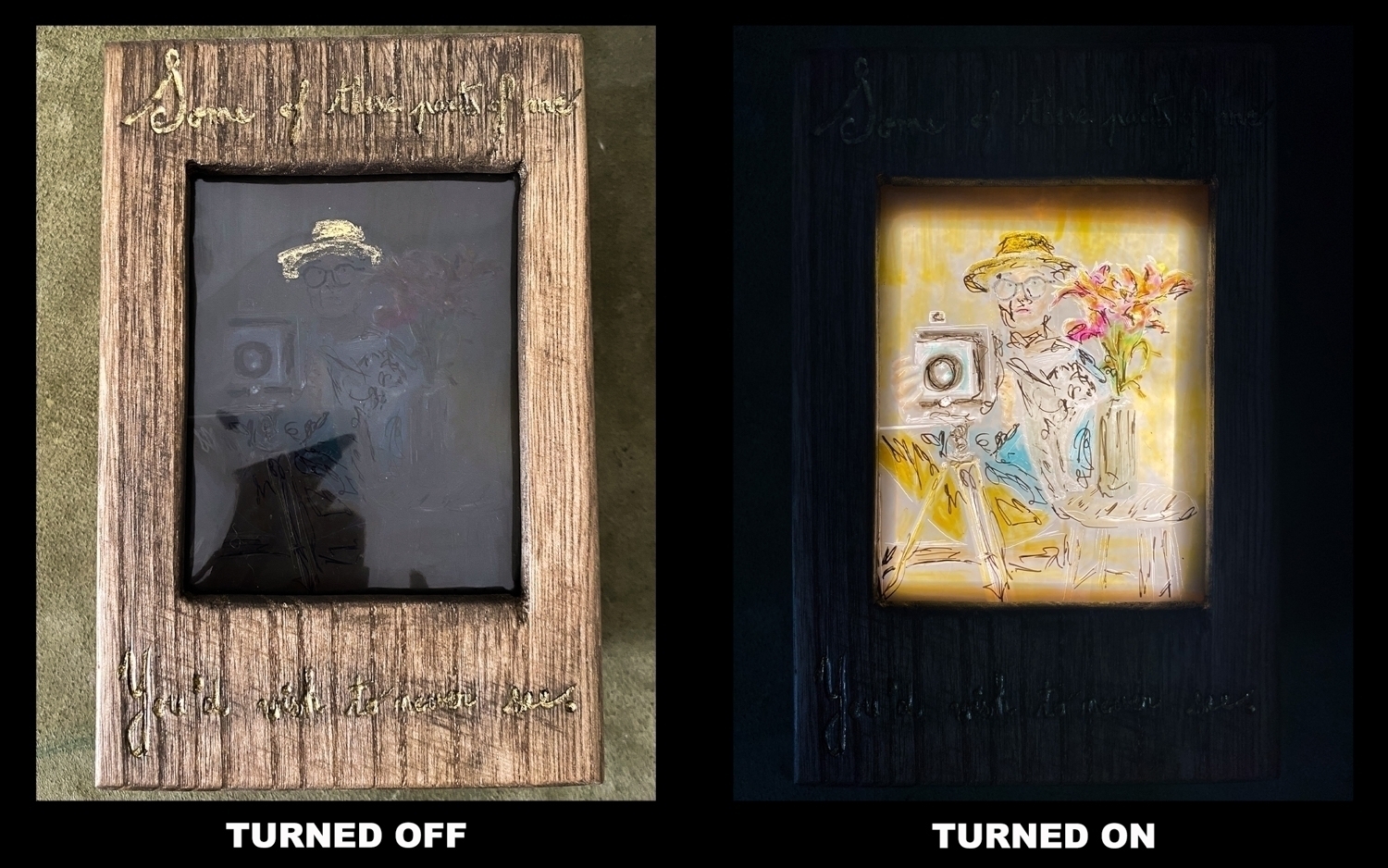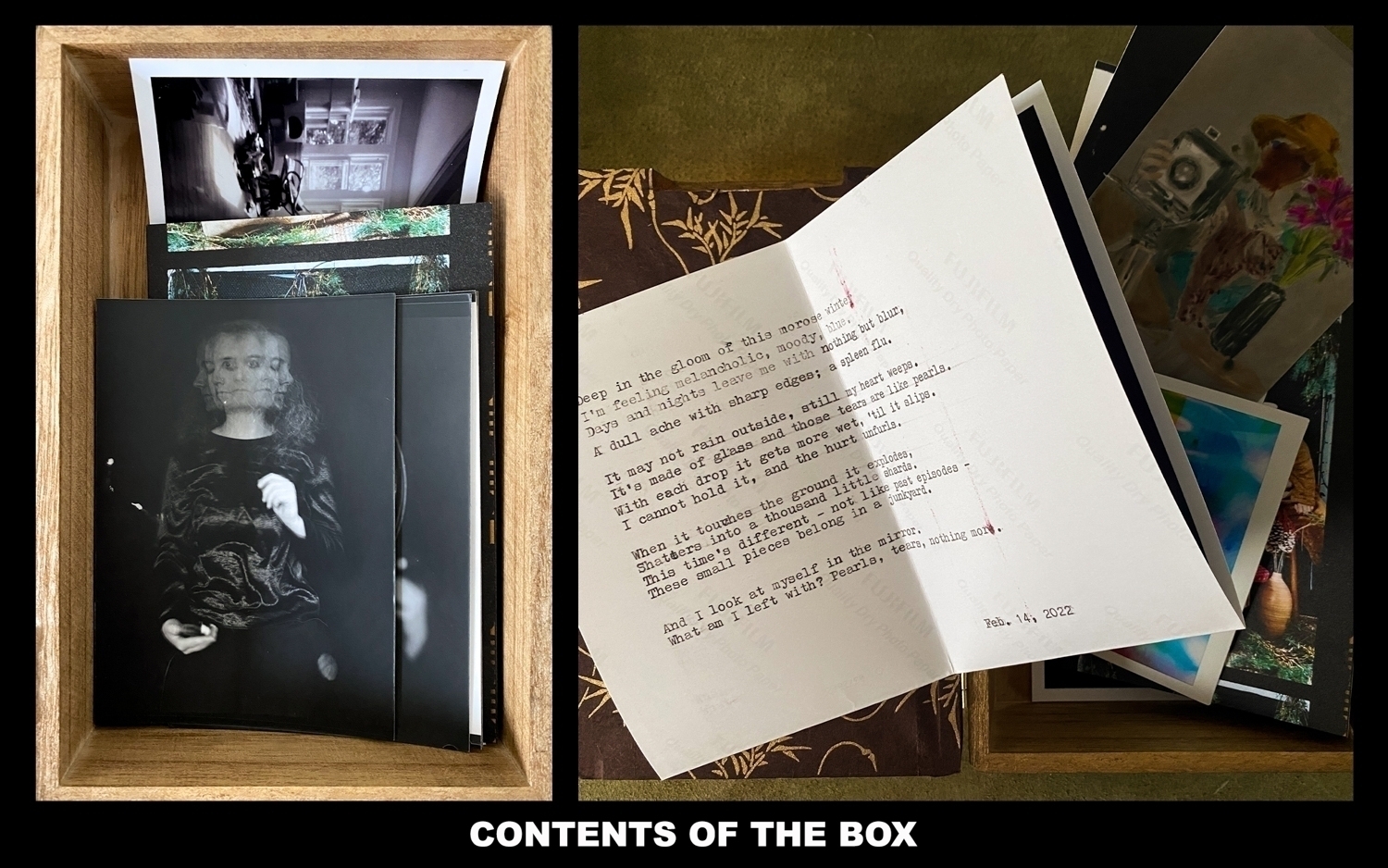The first thing I did for this months prompt was to take a self-portrait.
I wore a straw hat, threw some flowers in the picture, and posed next to my other large format camera (the one I only use as a prompt) to pretend I was actually making a photograph, all meant as a wink to Vincent Van Gogh’s own aesthetic choices, but in my own way.
Of course, my curious cat Lula photobombed it, but I was fine with that, she’s family.
I shot it on 4×5 large format film, because it’s beautiful, because I develop it when I have four images to reveal (and not 12, and not 24, and not 36), and because I had vague plans to intervene on the negative directly (read “destroy it”).
However, when I developed the image, I couldn’t bring myself to it. So I scanned it first, and then made some darkroom prints (that’s actually what I did first, a contact print with chemicals that had gotten bad, that gave me exactly one kind-of workable print), and I colorised it.
Print colorisation is something I’ve been wanting to try for the longest of time, but hadn’t brought myself to doing yet. The colorising wasn’t great (especially the face, as you can see I lost patience) and by then I knew that wasn’t what I wanted to do.

